Pictures From a Small Ship Cruise to Belize

On This Page
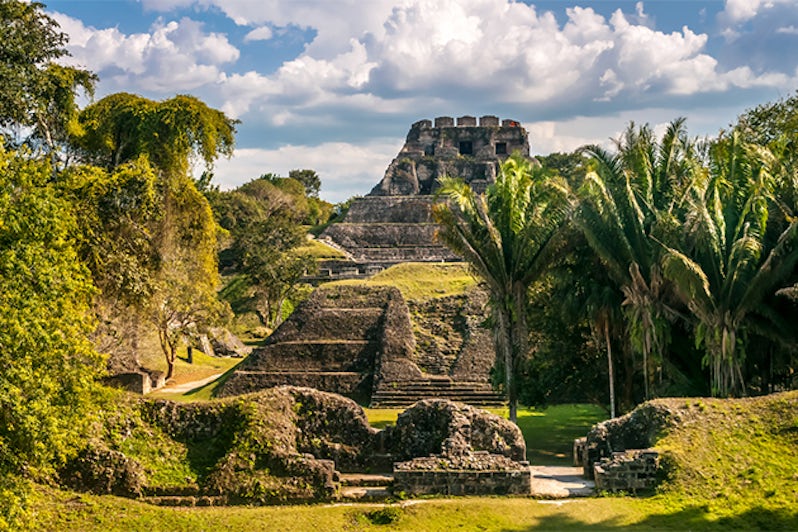
Tropical rainforests, Mayan ruins and some of the best snorkeling in the Western Hemisphere -- if you're looking for diversity, an expedition cruise along Central America's Caribbean coastline is hard to beat. With its English-speaking population and reputation as a diving hub, Belize is a popular draw for adventure-lovers, but those who seek quieter pursuits, such as photography, hiking and birding, will also find plenty to do.
While the large cruise ship lines stick to Belize City, smaller ships can visit lesser known areas of the country, such as Dangriga, home of the Garifuna (descendents of African slaves from St. Vincent who intermarried with black Carib tribes); sleepy Punta Gorda; and the ruins at Lubaantun, where the infamous crystal skull was found. They can also pop down to Placencia, a Jimmy Buffet beach town; the Cockscomb Jaguar Preserve, where you could stumble upon a paw print or two (the big guys are unlikely to be seen); and Santo Tomas de Castilla, neighboring Guatemala's window on the Caribbean.
On this type of cruise, be prepared to relax and take things as they come. Central America runs on its own time, with little regard for our over-scheduled lifestyle. Need a recipe for relaxation? While you're there, crack open a Belikin, find a nearby hammock, and gaze at the turquoise Caribbean. In the meantime, click through this slideshow to see what's in store.
Belize: The Country
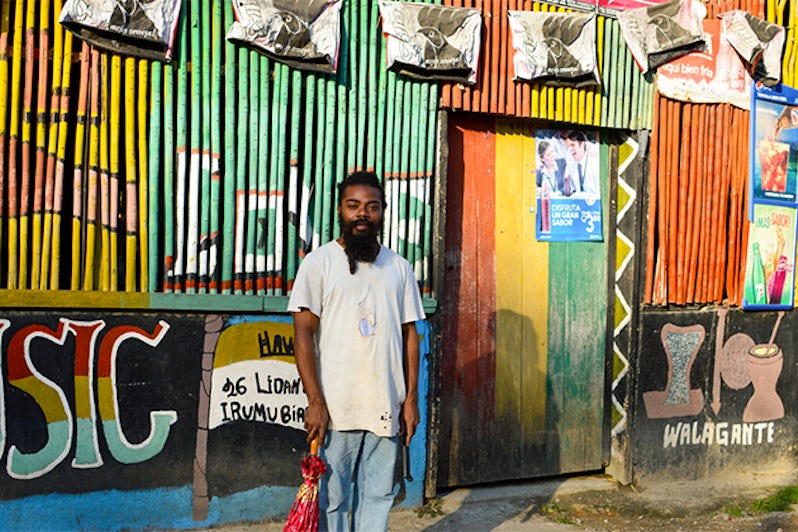
First a Spanish colony and then held by the English as British Honduras until 1981, Belize escaped much of the violence that touched Central America during the latter part of the 20th century. Along the southern coast, the Garifuna have maintained their culture; visiting the small Garifuna Museum in Dangriga allows you to learn more about these proud people.
Highlight: For a country its size, Belize has a remarkable number of national parks, including Mayflower Bocawina in the south-central region. Birders are drawn to the 197 species within the park, while hikers love the trails leading to the numerous waterfalls. Make sure to wear your swimsuit under your clothes, as these fresh-water cascades provide the perfect dip on a hot day.
Santo Tomas de Castilla, Guatemala
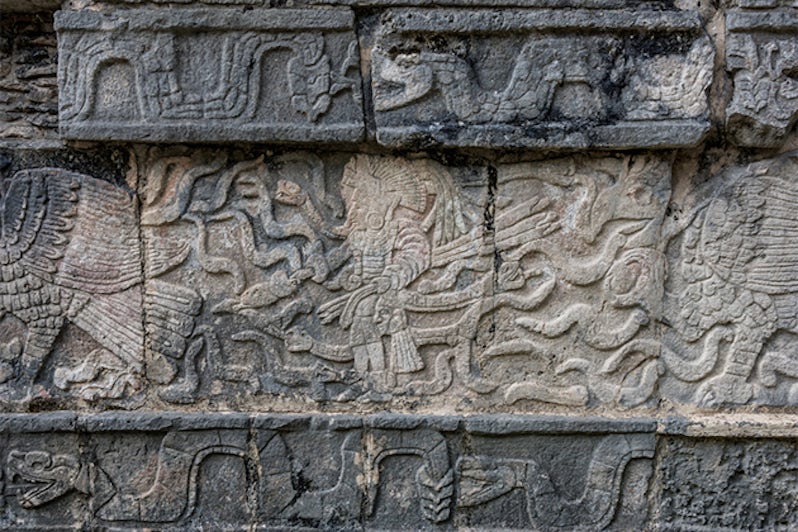
As soon as you dock at Guatemala's Caribbean port of Santo Tomas de Castilla, you'll notice differences from its northern neighbor. Guatemala is poorer than Belize, for one thing -- a remnant of civil wars from 1960 to 1996. The landscape is also lusher (notice the banana plantations dotting the roadside), and Spanish is the official language. Stop by San Felipe fortress on Lake Izabel for insight into the Conquistador lifestyle.
Highlight: Get a close look at the infamous Mayan calendar at Quirigua, an archaeological site in southeast Guatemala that's known for its intricately carved stelae (large upright stones with special markings on them). While less impressive than Tikal in the north, Quirigua does have the square step temples and plateaus that characterize Maya civilization. Birders take special delight in the woods surrounding the ruins. Bring binoculars and look for species like the turquoise-browed mot mot and tropical pewee.
Punta Gorda, Belize

With its pier surrounded by red mangroves and a handful of expat-run businesses, Punta Gorda carries an end-of-the-road atmosphere, a place to get lost or start over. Tourists come here to access the lower end of Belize's barrier reef, with Snake Caye providing near-perfect kayaking and snorkeling conditions.
Highlight: A pair of Mayan sites can be seen in a morning here, and each has its own charm. The forested grounds of Nim Li Punit vibrate with bird song, the calls ringing out among the ruins and rubble. And Lubaantun remains infamous as the discovery site of the crystal skull, later immortalized by Stephen Spielberg in Indiana Jones and the Legend of the Crystal Skull. While no one knows where the Skull rests today -- or even if it's an authentic artifact -- the Belize government is suing the filmmaker for a portion of the proceeds, claiming that he benefited from the country's cultural heritage.
The Cockscomb Jaguar Preserve
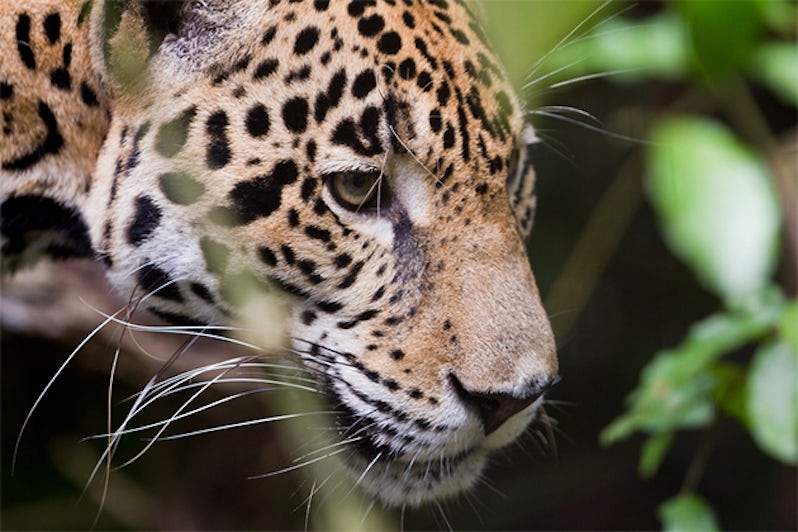
The Mayans believed that jaguars represented strength, and the spotted felines are found on stelae throughout the region. After hunting diminished the jaguars' numbers, the Belize government in 1990 set aside wide swaths of land so the wild cats have room to roam. As with most hunting mammals, jaguars are nocturnal; while you hike the Cockscomb Jaguar Preserve, about 90 minutes from Placencia, check the ground for their paw prints, as well as those created by their smaller cousins, ocelets, margays and jaguarundis.
Highlight: Now that Ambergis Caye in northern Belize has morphed into a busy expat haven, North American retirees have looked south to Placencia for their own slice of paradise. For tourists, this means the town has an almost-perfect mix of amenities -- beach bars, souvenir stands, coffee shops with Wi-Fi -- while still maintaining an undeveloped vibe.
Belize Barrier Reef
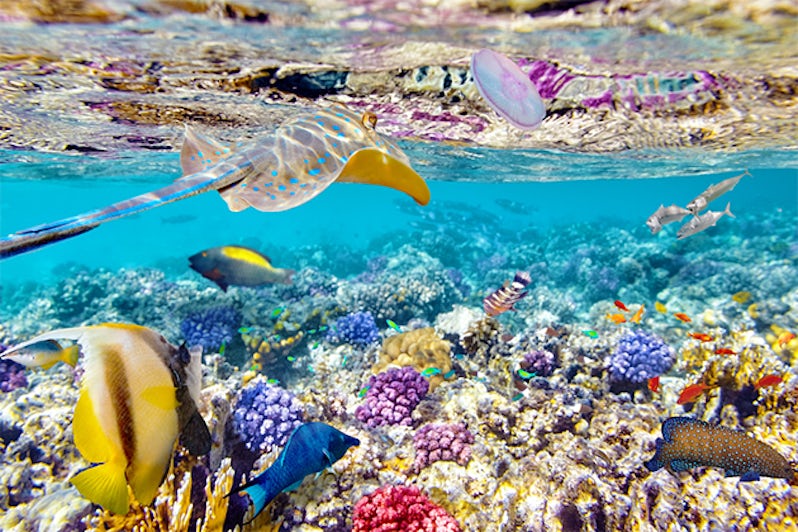
Spanning the length of the country, the Belize barrier reef is one of the largest in the world and a UNESCO heritage site. While the tourist economy has destroyed coral in some areas in the north, the southern atolls remain healthy and full of fish (more than 500 species). Grab a snorkel mask, and don't forget the sunscreen (or wear a T-shirt over your bathing suit). The sun is strong between the Equator and the Tropic of Cancer.
Highlight: Crawl Caye is a private island with a marine biology station and easy access to the reef from the beach. Once you've gotten your fill of delicate sea fans, spiky urchins and colorful tangs, take a walk around the island and look for osprey nests, or simply relax in the hammocks provided under a shady cover.
Half Moon Caye, Belize
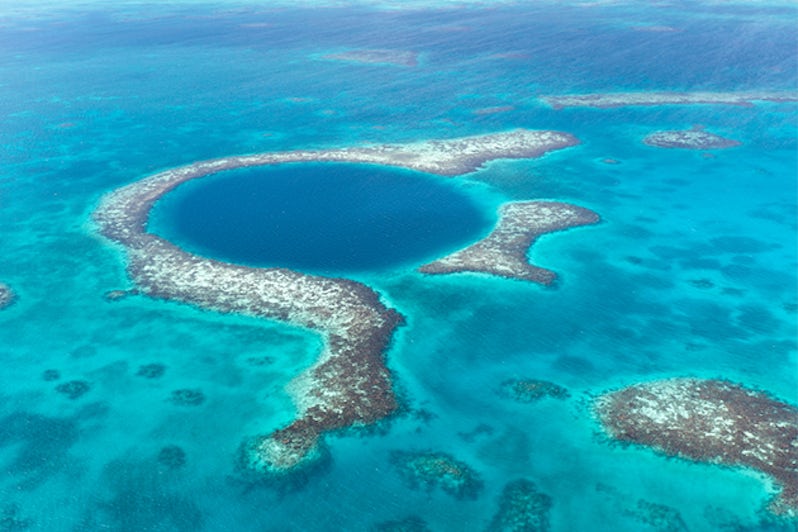
You can't ask for a better desert island than Half Moon Caye, a natural monument located at the southern end of the country's Lighthouse Reef atoll. Iguanas loll on logs, and hermit crabs scuttle on empty beaches; before you head to the hammocks, visit the isle's western end, home to one of the world's few colonies of red-footed boobies and male frigatebirds that puff out their chests like red balloons to draw mates.
Highlight: At more than 984 feet across and 407 feet deep, the Blue Hole has for years drawn curious divers, including Jacques Costeau (who made it famous by bringing his ship, the Calypso, there in the 1970's). Even if you aren't ready to descend into its depths, a snorkel around its outer edges reveals grouper, rays and fish of varying shades. All together, it's unforgettable.